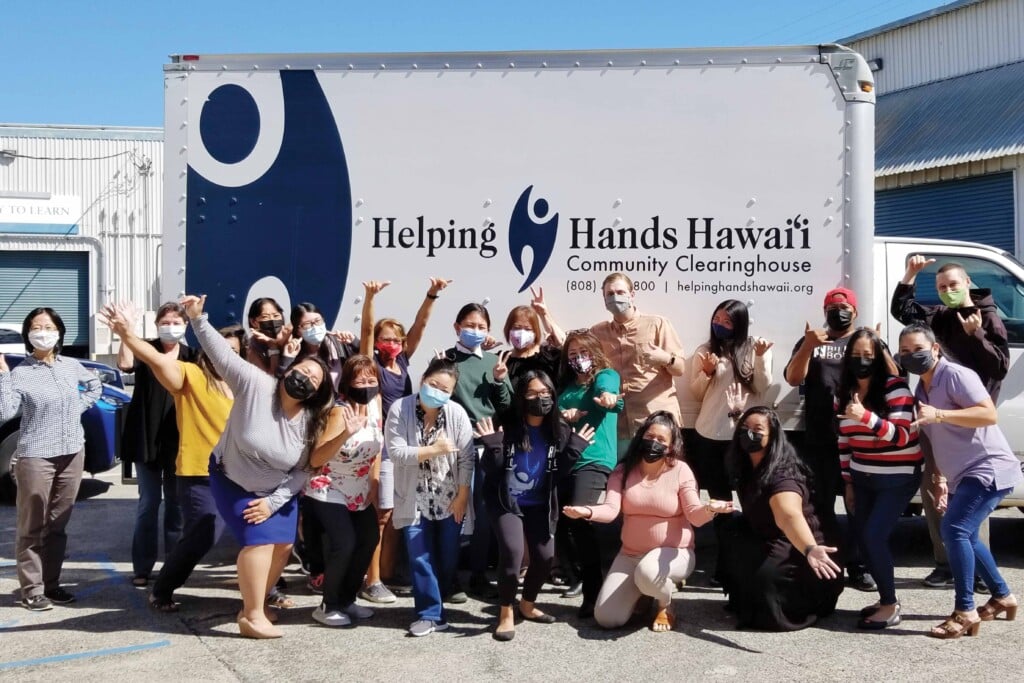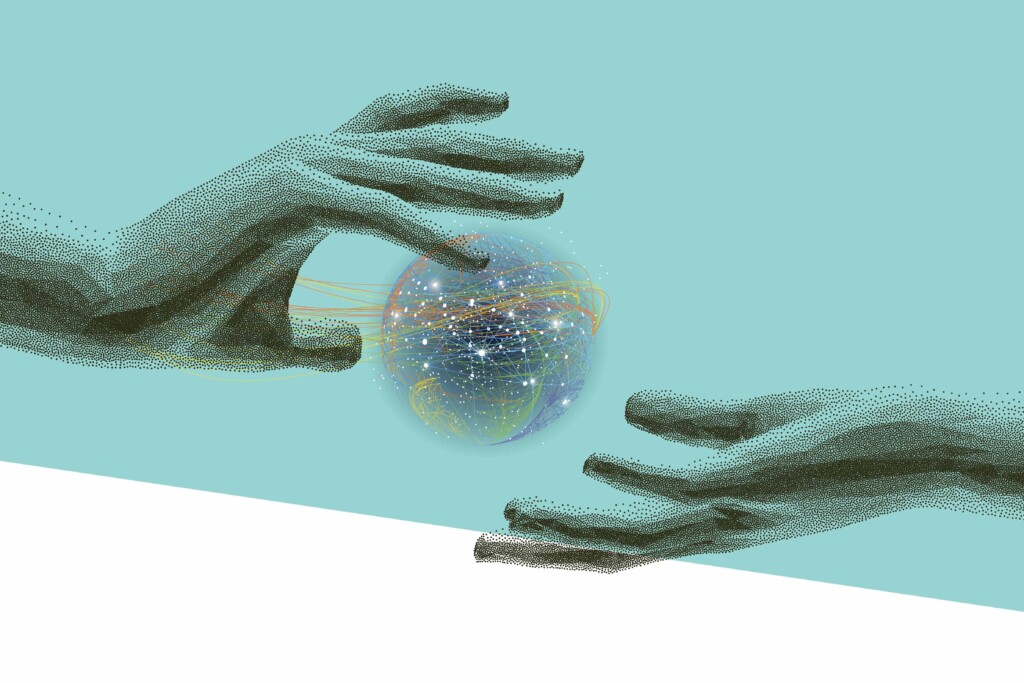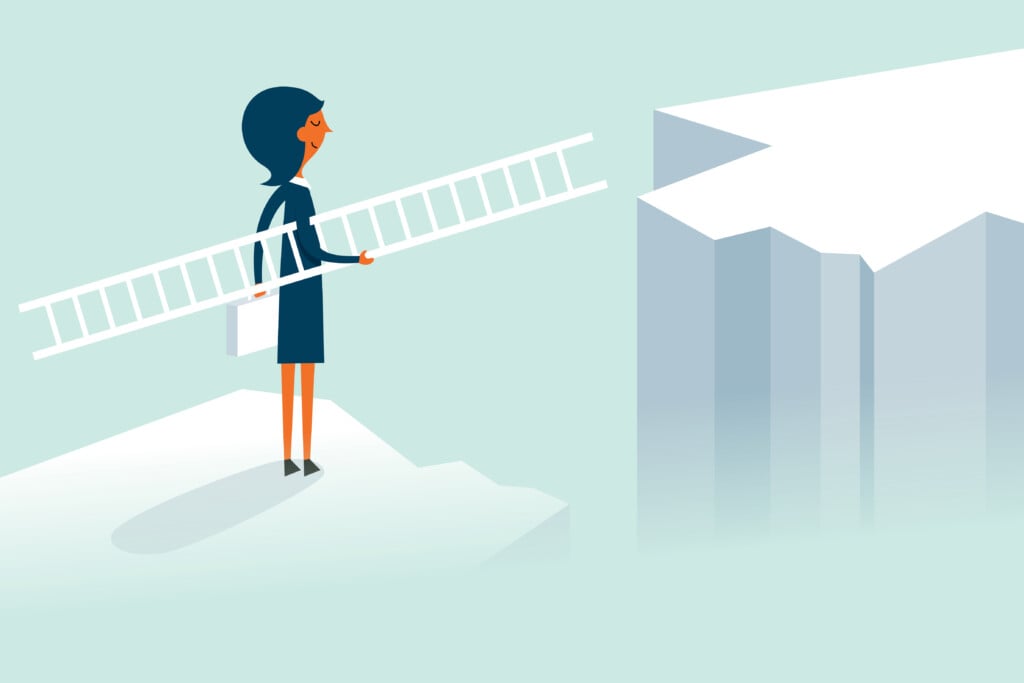A Bridge for Welfare Recipients
Teresa Bill goes to work every day at UH’s Bridge to Hope program knowing that she makes a difference in people’s lives.
Bridge to Hope began 15 years ago to help welfare recipients, victims of domestic violence and struggling single parents re-enter education and, ultimately, the workforce. So far, Bill says, it has helped more than 700 people earn degrees and find more fulfilling careers.
As statewide program coordinator, Bill sees the dramatic change the program offers to people who once felt they had nothing. She says 90 percent of program participants at four-year colleges graduate – a much higher graduation rate than college averages.
“One of the difficulties is that many welfare-participating women have been subject to domestic violence. Nationally, about 60 percent of welfare participants have been abused. Domestic violence and the inability to have a second adult wage is one of the big drivers of welfare participation.”
Bridge to Hope, a partnership between the state Department of Human Services and UH, aims to help welfare recipients leave public assistance behind. As participants take classes, they also need to work or volunteer, and many are offered positions on their campuses that are designed to complement students’ lives.
Bill says the average Bridge to Hope participant is 34 years old with three children; 90 percent are women.
Even if a woman manages to leave an abusive relationship, she faces challenges. “They go from nothing to a shelter,” says Bill. “They’re safe, but now they need to rebuild a life for themselves. They know that if they don’t have education, they won’t be able to get a job that will support their family.”
That’s exactly where Bridge to Hope comes in.
“One of our graduates said, ‘People will say you’re going to school because it’s easy,’ but when I got a job, I was so happy because all I had to work was from 9 to 5. My weekends were free to be with my family. There isn’t a lot of time when you’re a student. You’re a mom, a student, a worker. You’re looking after your family and, at night and on weekends, you’re doing homework. The only hour I got to myself was riding the bus.’”
Program graduate Jodi Johnson believes that support programs like Bridge to Hope were essential to her completing her B.A. and master’s of social work. She says she also received help from food stamps, the state’s First to Work program, Med-Quest (the state’s Medicaid program), Child and Family Services’ former AmeriCorps program, Alu Like, Head Start, Hawaii Community Action Program and Parents and Children Together’s Family Peace Center.
www.hawaii.edu/bridgetohope






